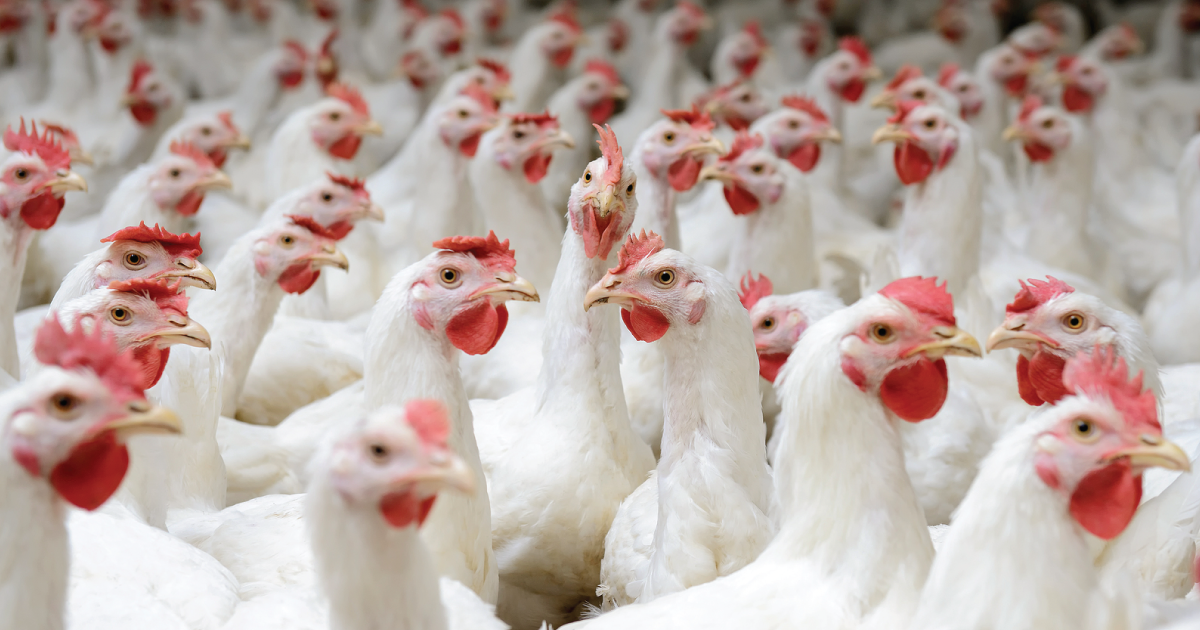
Fast-Growing Chickens Have Long Suffered From Unique Health Problems. Is It Time To Ban Them From Animal Welfare Certifications?
In the 1930s, the average chicken sold at market weighed about two and a half pounds, and it gained each of those pounds over the course of about 45 days. Now, broiler chickens average upwards of six pounds, and they put each new one pound in just over a week.
September 10, 2020 | Source: The Counter | by H. Claire Brown
A major animal welfare certifier will consider eliminating fast-growing breeds from its program.
In the 1930s, the average chicken sold at market weighed about two and a half pounds, and it gained each of those pounds over the course of about 45 days. Now, broiler chickens average upwards of six pounds, and they put each new one pound in just over a week.
In recent years, the breakneck—or, perhaps more aptly, break-leg or break-breast—speed of all that growth has caused widely publicized health and quality problems with the birds. There’s woody breast syndrome, which gives the meat a tough texture and impacts about 10 percent of chickens, and then there’s spaghetti meat and white striping, all indications of muscular issues. Broiler chickens also suffer a host of health issues including broken bones, lameness, and heart troubles.
Now, using research commissioned from the University of Guelph, the Global Animal Partnership (GAP, a five-step animal welfare food-labeling initiative you might recognize from Whole Foods) is considering removing some fast-growing breeds from its standard. Such a decision may prompt companies up and down the supply chain, including Subway, Starbucks, and Perdue, to move away from ubiquitous fast-growing breeds.
